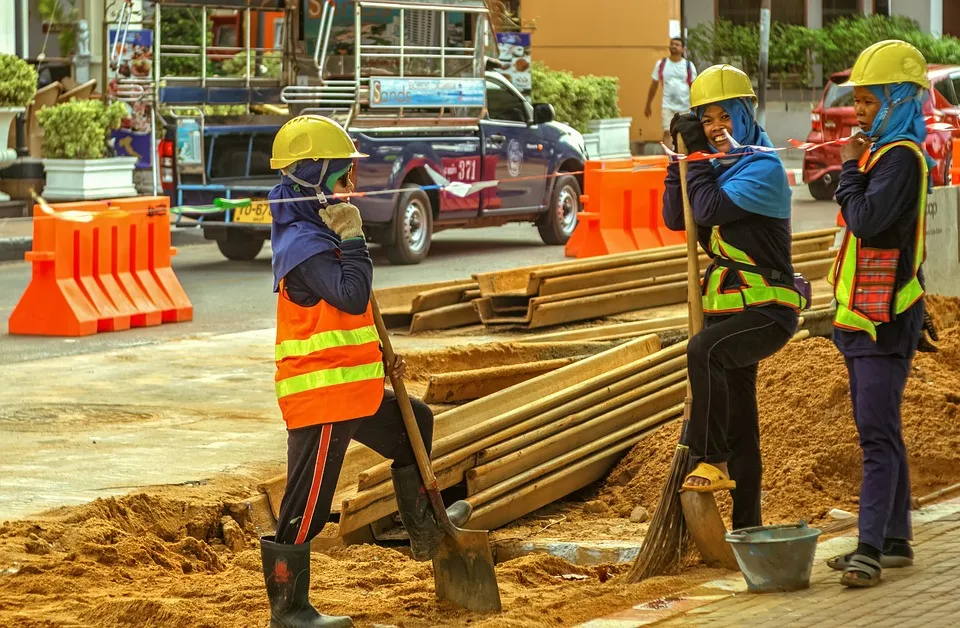The prevailing narrative of Bronze Age women engaged in domestic chores while men tackled physically demanding tasks is being challenged by groundbreaking research. A recent study reveals that women of the era were far stronger than previously believed, engaging in strenuous tasks that could reshape our understanding of traditional gender roles.
Often depicted in historical illustrations as handling mundane tasks like weaving and tending to children, ancient women's capabilities have come into question. The University of Cambridge conducted a pioneering study, utilizing CT scans on the arm bones of Central European women from the Bronze Age. The results astonished researchers, showing that these women possessed arm bones that were approximately 30% stronger than those of modern women. Even compared to modern female athletes on the world champion Cambridge women's crew team, whose daily training includes intense rowing, the ancient women displayed 11% to 16% greater bone strength.
Alison Macintosh, lead author of the study and research fellow at the University of Cambridge, emphasized the significance of the findings. "This is the first study to actually compare prehistoric female bones to those of living women," she explained.
The research, published in the open-access journal Science Advances, sheds light on the strenuous agricultural labor carried out by Bronze Age women. Tasks such as grinding grain into flour, a process involving the use of heavy stones, were common. Communities that still engage in similar practices provided evidence that these women spent up to five hours daily grinding grain, a task that could be as physically demanding as the repetitive motion of rowing.
Moreover, it is speculated that the women undertook an array of muscle-building activities. These included activities such as hauling food for livestock, butchering animals for food, processing leather from animals, and manually planting and harvesting crops. While certain specifics remain conjecture, the study suggests that the diverse range of labor performed by ancient women contributes to the complexity of identifying specific behaviors from their skeletal remains.
Jay Stock, senior author of the study, highlighted the societal implications of the findings, noting that "the rigorous manual labor of women was a crucial driver of early farming economies." The research underscores the importance of understanding modern human variation to glean insights into our distant past.
In reevaluating the traditional division of labor, this research challenges long-held perceptions of "women's work." The strength exhibited by Bronze Age women suggests they were involved in physically demanding tasks integral to the functioning of their societies. This revelation not only redefines the roles of women in ancient times but also prompts a reevaluation of gender dynamics and their historical contributions.




.jpg)





0 Comments